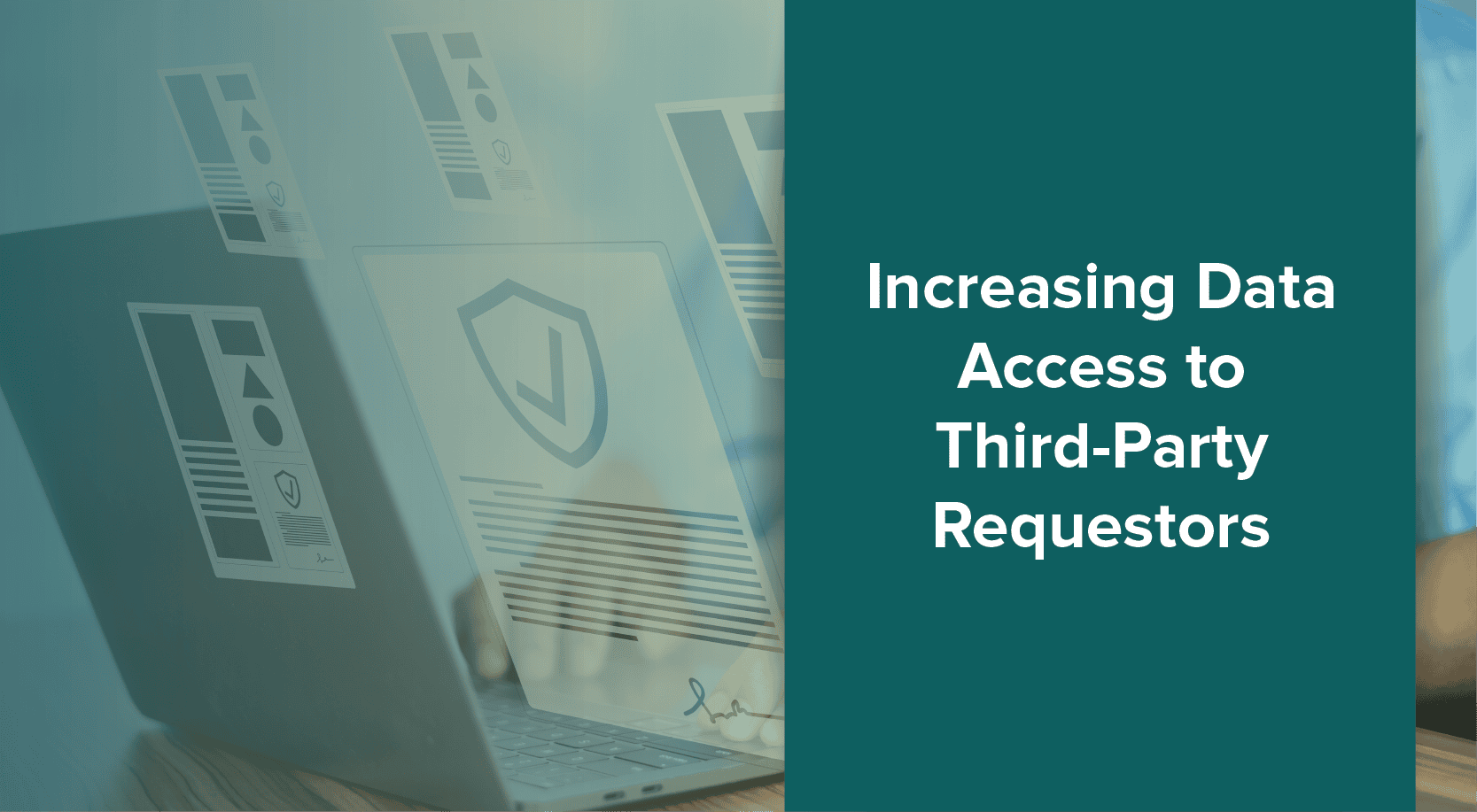Healthcare IT companies have been working to digitize healthcare data for more than 45 years. And as of 2021, 96% of hospitals and 78% of physician offices in the U.S. have adopted certified electronic health records (EHRs). The digitization of healthcare has made it easier than ever for healthcare data to be shared between health systems and physician offices. But despite the advances in communication and data sharing between healthcare entities, third-party record requests remain a largely manual and inefficient process to fulfill.

With hundreds of millions of third-party record requests directed to healthcare providers annually, billions of hours of labor are spent fulfilling record requests. Requestors often have to wait weeks and even months to receive their requested records. Increasing digital access to records for third-party requests will be vital to increasing the speed and convenience of record request.
To solve this problem, many EHR and healthcare IT vendors are building digital record exchange networks that allow for trusted partners with the appropriate documentation to request and receive a digital record very rapidly. These “digital gateways” give requestors the ability to search across a network of patient encounters and medical claims to understand where treatment occurred and pinpoint opportunities to increase information gathered on a given patient. Those with legal authorization to receive a record will also have access to the same information used by providers to ensure the continuity and coordination of care as well as information used by healthcare insurers in the decision of payment for care delivered. This allows legal proceedings, insurance claim adjudication, and insurance application acceptance to be based on a more complete dataset about an individual, in effect reducing the likelihood of fraud and increasing the accuracy of existing underwriting practices and algorithms. And with built-in patient matching capabilities, requests can now be fulfilled in a matter of days or even hours, depending on the confidence of the match.
As healthcare IT organizations, including, EHRs, seek to make digital records available for third-party record requests, insurers and attorneys should seek to understand how faster access to these types of robust records can change their practices and procedures.
Learn more about how ChartSwap is fulfilling third-party records requests faster than ever.







